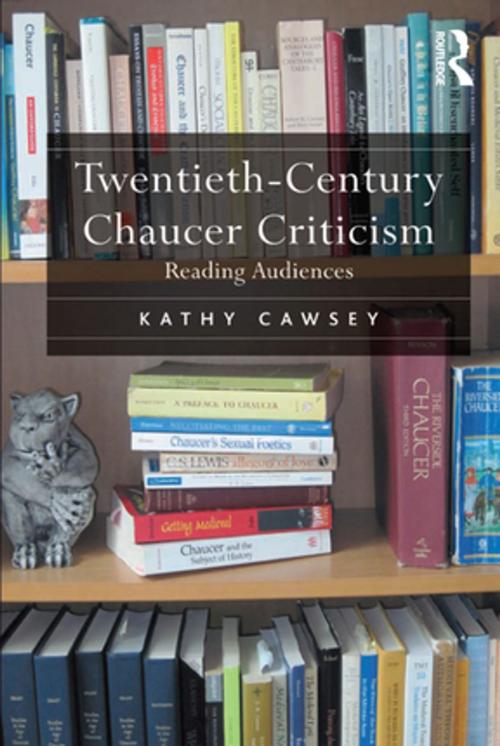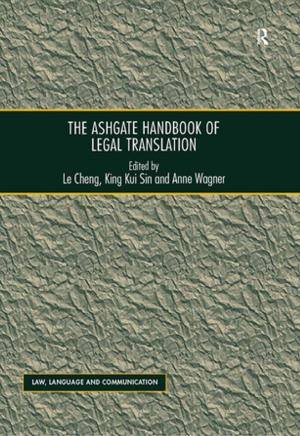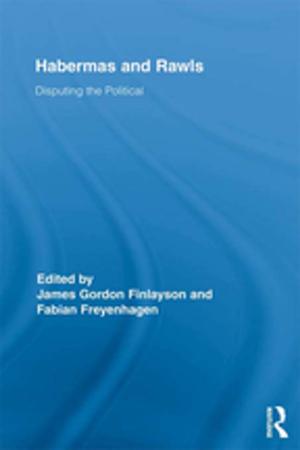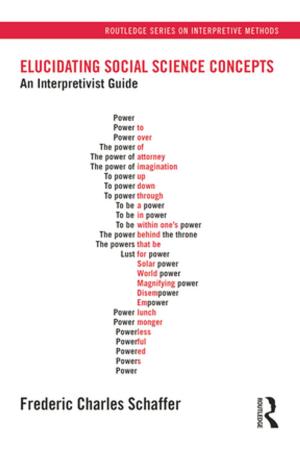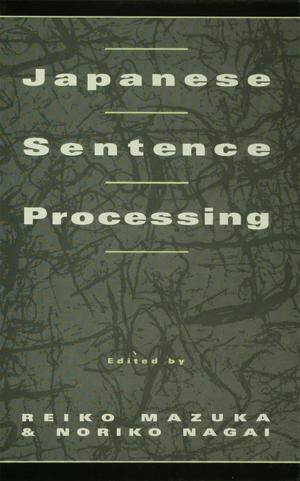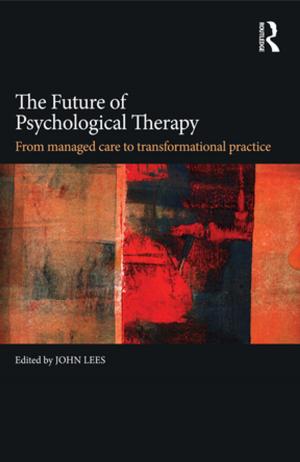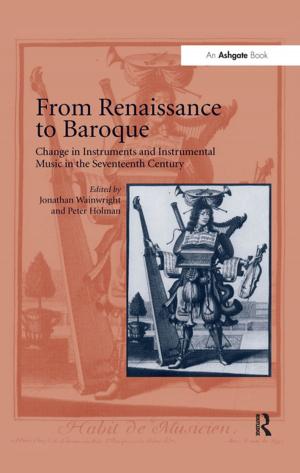Twentieth-Century Chaucer Criticism
Reading Audiences
Fiction & Literature, Literary Theory & Criticism| Author: | Kathy Cawsey | ISBN: | 9781317005827 |
| Publisher: | Taylor and Francis | Publication: | February 17, 2016 |
| Imprint: | Routledge | Language: | English |
| Author: | Kathy Cawsey |
| ISBN: | 9781317005827 |
| Publisher: | Taylor and Francis |
| Publication: | February 17, 2016 |
| Imprint: | Routledge |
| Language: | English |
Shifting ideas about Geoffrey Chaucer's audience have produced radically different readings of Chaucer's work over the course of the past century. Kathy Cawsey, in her book on the changing relationship among Chaucer, critics, and theories of audience, draws on Michel Foucault's concept of the 'author-function' to propose the idea of an 'audience function' which shows the ways critics' concepts of audience affect and condition their criticism. Focusing on six trend-setting Chaucerian scholars, Cawsey identifies the assumptions about Chaucer's audience underpinning each critic's work, arguing these ideas best explain the diversity of interpretation in Chaucer criticism. Further, Cawsey suggests few studies of Chaucer's own understanding of audience have been done, in part because Chaucer criticism has been conditioned by scholars' latent suppositions about Chaucer's own audience. In making sense of the confusing and conflicting mass of modern Chaucer criticism, Cawsey also provides insights into the development of twentieth-century literary criticism and theory.
Shifting ideas about Geoffrey Chaucer's audience have produced radically different readings of Chaucer's work over the course of the past century. Kathy Cawsey, in her book on the changing relationship among Chaucer, critics, and theories of audience, draws on Michel Foucault's concept of the 'author-function' to propose the idea of an 'audience function' which shows the ways critics' concepts of audience affect and condition their criticism. Focusing on six trend-setting Chaucerian scholars, Cawsey identifies the assumptions about Chaucer's audience underpinning each critic's work, arguing these ideas best explain the diversity of interpretation in Chaucer criticism. Further, Cawsey suggests few studies of Chaucer's own understanding of audience have been done, in part because Chaucer criticism has been conditioned by scholars' latent suppositions about Chaucer's own audience. In making sense of the confusing and conflicting mass of modern Chaucer criticism, Cawsey also provides insights into the development of twentieth-century literary criticism and theory.
